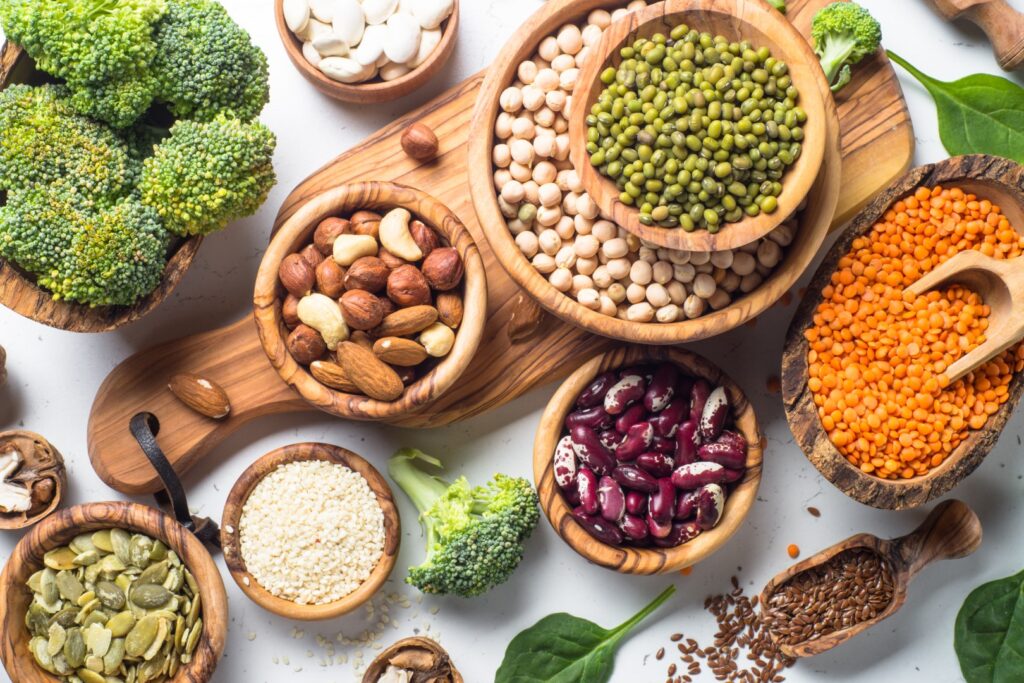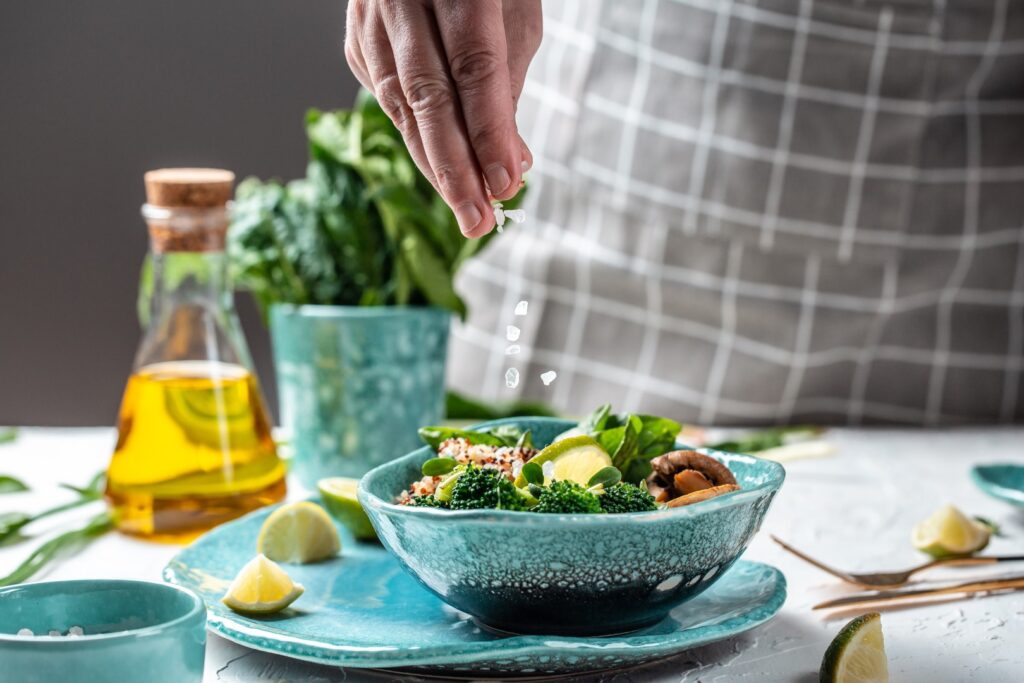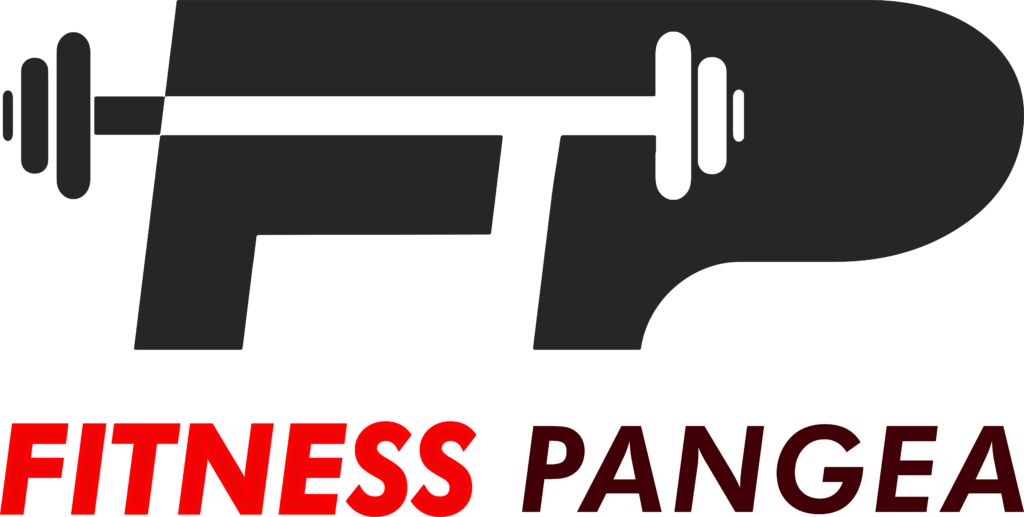Before or after a weightlifting workout is an excellent time to consume more protein. A study conducted on Romanian Olympic athletes found that those who took 1.5 grams of Supro soy protein every day for a period of two months experienced greater increases in body mass, strength, serum proteins, and calcium, as well as dips in post-training fatigue, in comparison to athletes who didn’t take soy protein. According to Bonci, another way to accelerate your exercises is to consume soy protein powder mixed with soy milk and frozen fruit, or a Clif Builder’s protein bar. (If you don’t follow a vegan diet, you still have choices in the form of bars and shakes that include whey protein of excellent quality but are free of dairy.)
Take a daily multivitamin that contains health-promoting nutrients like calcium, iron, magnesium, vitamins D and B-12, and zinc in order to get the most out of a plant-based diet. We produced this list with the assistance of Carolyn Brown, a nutrition expert and co-founder of Foodtrainers. Brown was instrumental in helping us identify the foods that are most effective in helping vegans and vegetarians grow muscle.

1. Nuts
Loading up on nuts like peanuts, almonds, and pistachios is a great way to increase the amount of bone-building calcium you consume in your diet without indulging in dairy products. According to Calorie Counter, each of these foods offers around 160 high-quality calories in one serving (1 ounce), and this is because they are made up of an appropriate proportion of protein, fibre, and fat. Nuts are a fantastic source of both filling and calorie-burning protein, making them an ideal choice for anyone looking to lose weight while still maintaining their current weight. According to Brown, “nut and seed butters have a larger proportion of fat to protein,” but the “healthy” fats in these butters “keep you slim.”
2. Beans
The potential of proteins derived from plants is often underestimated, despite the fact that they are the second-highest source of protein after meat. On average, each kind of bean (black, pinto, navy, kidney, etc.) has around 15 grammes of protein. In addition, beans have an unusually low amount of fat, are rich in fibre, and the best part is that they are inexpensive. Beans, despite the fact that they are not complete proteins, do contain a good number of the essential amino acids that are required for the development of muscle. Add in . 5-1 cup on a daily basis for the advantages of protein and fibre,” Brown says.

3. Legumes
Consider lentils, peas, chick peas, and soybeans as examples of legumes. Legumes are similar to beans, with the exception that they often grow in pods. They are one of the best sources of protein for vegetarians and vegans, in addition to having a minimal amount of fat and without containing any cholesterol. Nearly 18 grammes of protein may be found in lentils after they have been cooked; for a nutritional boost, brown lentils can be added to soups, while green lentils can be put to salads.
4. Leafy Greens
According to Brown, “you want your diet to be as nutrient-dense as possible for maximum muscle-building,” which means that it should include as many nutrients as feasible. The veggies with the greatest levels of protein include peas, spinach, kale, and broccoli. Vegetables such as kale, mustard greens, spinach, and others like them may help you consume more protein. There is around 4 grammes of protein in two cups worth of kale, 3 grammes in the same quantity of mustard greens, and 2 grammes in spinach. You can easily ingest up to 15g of protein in one day if you add leafy greens to your morning smoothies, have a salad for lunch, and prepare spinach for dinner. This is not a lot, but it is doable if you follow these steps.
5. Non-dairy Milk
About three grammes of protein and thirty percent of your recommended daily calcium intake may be found in just one cup of calcium-fortified hemp milk (Calorie Counter). And for an even greater protein punch, drink soy milk. There are eight grammes of protein in one cup (Calorie Counter). You may have a glass of it with your breakfast, pour some of it over cereal, or put a splash of it in your smoothie.
6. Cruciferous Vegetables
Cruciferous plants, like broccoli in particular, may produce a significant quantity of protein from their seeds. Add some raw broccoli to a salad or take some as a snack in the middle of the day; there is 5 grammes of protein in two cups of raw broccoli. (Bonus points if you add hummus.)
7. Pea and Hemp Protein Powder
According to Brown, “we’re seeing a lot more of these proteins cropping up in protein powders.” Because it has a comparable composition of nutrients and amino acids to that of animal protein, pea protein is considered to be one of the greatest forms of protein currently available. If you are looking for pea protein, you should check out Naked Pea and Nutiva Hemp Protein.
8. Seeds
According to Brown, chia seeds are one of the best foods that can be eaten as a snack or added to recipes since they are loaded with protein, healthy fat, and omega 3s. To increase the amount of protein in your diet, try making chia pudding or sprinkling chia seeds over yoghurt. There are 60 calories in one tablespoon of chia seeds, and you can get 3 grammes of protein from them.



